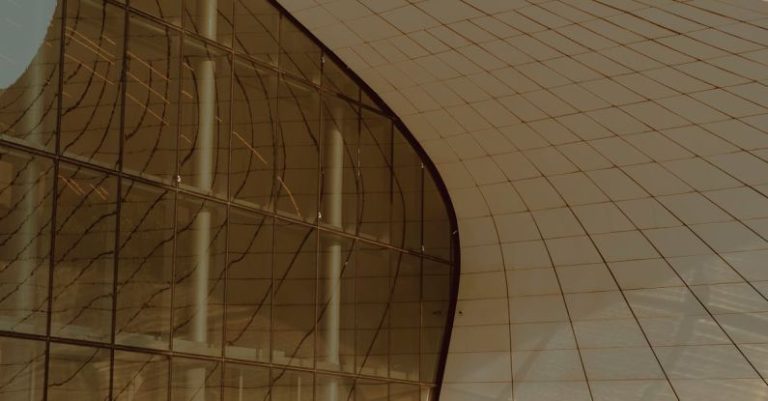Pioneering Building Techniques with Composite Materials
In the ever-evolving world of construction, innovative building techniques are constantly being developed to improve efficiency, sustainability, and durability. One such groundbreaking method gaining traction in the industry is the use of composite materials. These materials, made by combining two or more different substances, offer a wide range of benefits that traditional construction materials cannot match. From increased strength and flexibility to reduced weight and maintenance costs, composite materials are revolutionizing the way buildings are designed and constructed.
The Advantages of Composite Materials in Construction
Composite materials are known for their exceptional strength-to-weight ratio, making them ideal for building structures that require both durability and lightness. By combining materials such as fiberglass, carbon fiber, and resins, builders can create components that are stronger and more durable than those made from traditional materials like wood or steel. This allows for the construction of lighter, more resilient buildings that can withstand harsh weather conditions and natural disasters.
Additionally, the flexibility of composite materials allows for greater design freedom, enabling architects to create innovative and complex structures that would be challenging or impossible to build using conventional materials. The versatility of composites also makes them suitable for a wide range of applications, from building facades and bridges to aircraft components and automotive parts.
Sustainability is another key advantage of using composite materials in construction. Many composites are made from recycled or renewable resources, reducing the environmental impact of building projects. Furthermore, the longer lifespan of composite materials compared to traditional ones means that structures built with composites require less maintenance and replacement over time, further reducing their environmental footprint.
Innovative Building Techniques Using Composite Materials
One of the most exciting developments in the field of composite materials is the use of 3D printing technology to create complex building components. By using 3D printers to layer composite materials in precise patterns, builders can produce custom-designed parts with minimal waste and maximum efficiency. This method allows for the creation of lightweight, high-strength structures that are tailored to the specific needs of a project.
Another pioneering building technique with composite materials is the use of prefabricated panels and modules. By manufacturing building components off-site and assembling them on-site, construction time and costs can be significantly reduced. This method also allows for greater quality control and precision in the construction process, resulting in higher-performing and longer-lasting buildings.
In addition to these techniques, advancements in nanotechnology are opening up new possibilities for the use of composite materials in construction. By incorporating nanomaterials into composites, builders can create materials with enhanced properties such as self-healing, self-cleaning, and improved thermal and acoustic insulation. These futuristic materials have the potential to revolutionize the way buildings are designed, constructed, and maintained in the years to come.
The Future of Composite Materials in Construction
As the demand for sustainable and innovative building solutions continues to grow, composite materials are poised to play a significant role in the future of construction. With ongoing research and development in the field, we can expect to see even more advanced composite materials being used in a wide range of building projects, from residential homes to commercial skyscrapers.
In conclusion, the use of composite materials in construction represents a pioneering approach to building that offers numerous advantages over traditional materials. From increased strength and flexibility to sustainability and design freedom, composite materials are pushing the boundaries of what is possible in modern construction. As technology continues to advance, we can look forward to even more exciting developments in the field of composite materials and the innovative building techniques they enable.






